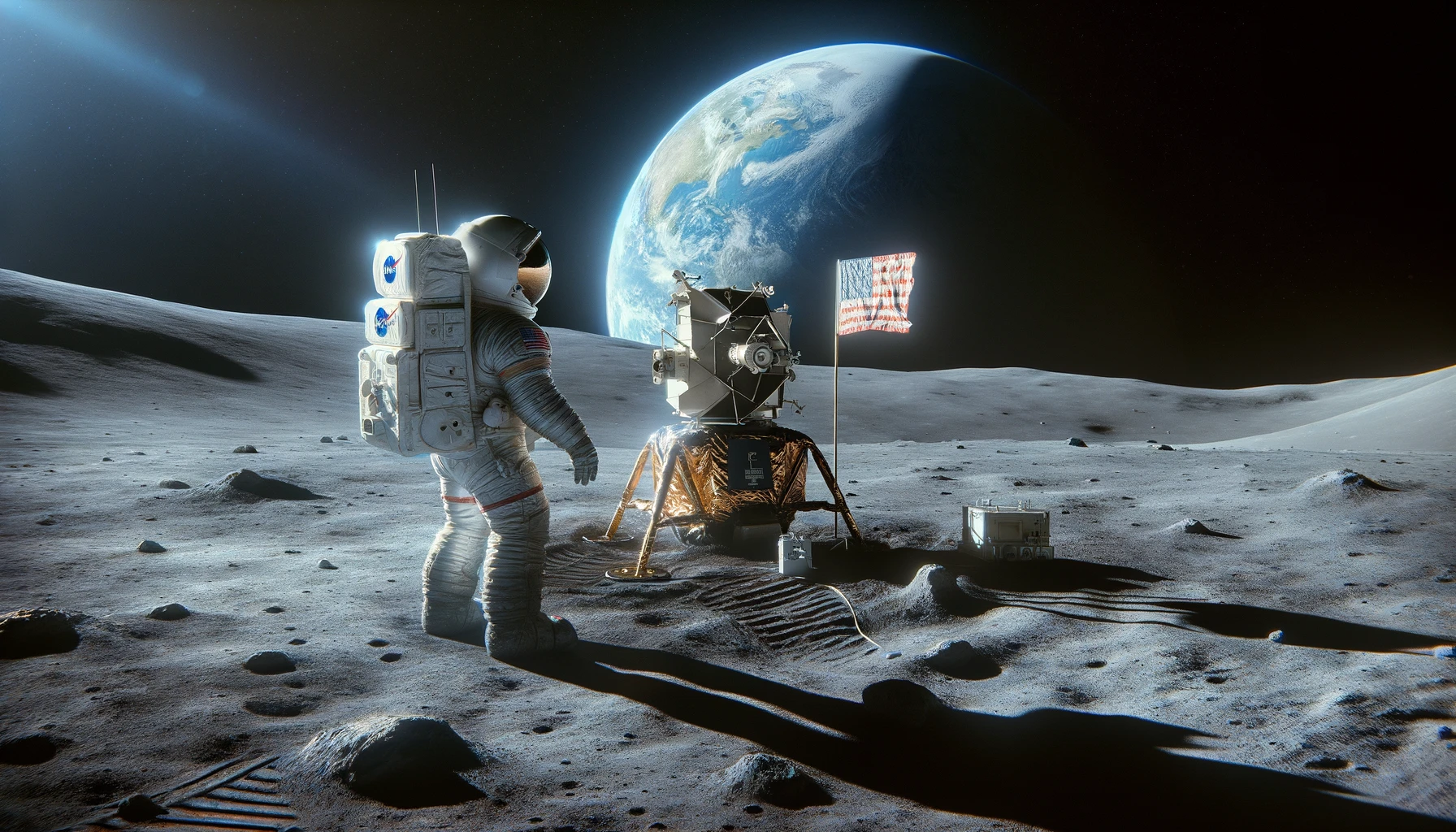The team behind NASA‘s OSIRIS-REx mission recently garnered the esteemed Dr. Robert H. Goddard Memorial Trophy at a high-profile dinner event. This accolade marks a significant acknowledgement for the mission’s groundbreaking achievement in asteroid sample retrieval. The team’s success brings a piece of the cosmos directly to Earth, paving the way for tremendous scientific possibilities.
The recognition of the OSIRIS-REx mission follows a trail of achievements that NASA has pursued over the years, with a particular focus on near-Earth objects and the secrets they hold about our solar system’s history. Previous missions, such as the Stardust project that gathered samples from the tail of comet Wild 2, and the Hayabusa mission by Japan’s space agency, which returned grains from the asteroid Itokawa, have laid the groundwork for the current success. These endeavors highlight an evolving understanding of space and the potential of sample-return missions. The technological advancements and international collaborations from past missions were instrumental in equipping the OSIRIS-REx team with the tools and expertise needed to accomplish their historic feat.
The Triumph of Teamwork and Technology
OSIRIS-REx’s journey commenced with its launch in 2016, culminating in a deft maneuver in 2020 to collect samples from asteroid Bennu. The mission’s achievement did not only revolve around the collection but also the safe delivery of the largest-ever asteroid sample back to Earth in 2023. The collaboration involved experts from Goddard Space Flight Center, Lockheed Martin, University of Arizona, and KinetX, among others. Together, they enabled the spacecraft to perform high-precision mapping of Bennu, breaking three Guinness World Records in the process and setting new benchmarks in space exploration.
A Glimpse into the Origins of Our Solar System
The samples from Bennu hold the potential to unlock mysteries surrounding the formation of celestial bodies and the origins of organic materials that could have sparked life on Earth. As researchers worldwide delve into the analysis, they are hopeful of new discoveries that could inform future space missions and deepen our understanding of potentially hazardous asteroids.
Extending the Mission’s Reach
Even after its historic sample return, the spacecraft’s mission continues under the new designation OSIRIS-APEX. Its next objective is to visit and study another near-Earth asteroid, Apophis, in 2029. This extended mission underscores the spacecraft’s continued contribution to astrophysics and planetary science.
Findings and reports from other sources, like the article “NASA’s OSIRIS-REx Completes Asteroid Collection Ahead of Schedule” from space.com and “The Scientific Revelations from the OSIRIS-REx Mission” from discovermagazine.com, support the significant strides made by the OSIRIS-REx mission in the realm of planetary science and asteroid analysis. These articles delve into the technical aspects and scientific implications of the mission, adding to the broader narrative of human endeavor in space exploration.
Useful Information for the Reader
- The OSIRIS-REx mission has set new precision mapping records.
- Analysis of Bennu’s samples may reveal insights into early life on Earth.
- OSIRIS-REx has transitioned to a follow-up mission OSIRIS-APEX.
In awarding the Dr. Robert H. Goddard Memorial Trophy to the OSIRIS-REx team, the National Space Club and Foundation have recognized a mission that redefines the boundaries of space exploration. The sample collected from Bennu offers a tangible link to the formative years of our solar system, and the mission’s success will likely enhance our planetary defense strategies. As the mission moves forward under OSIRIS-APEX, it carries the legacy of international cooperation and technological prowess that pushes humanity further into the final frontier.










